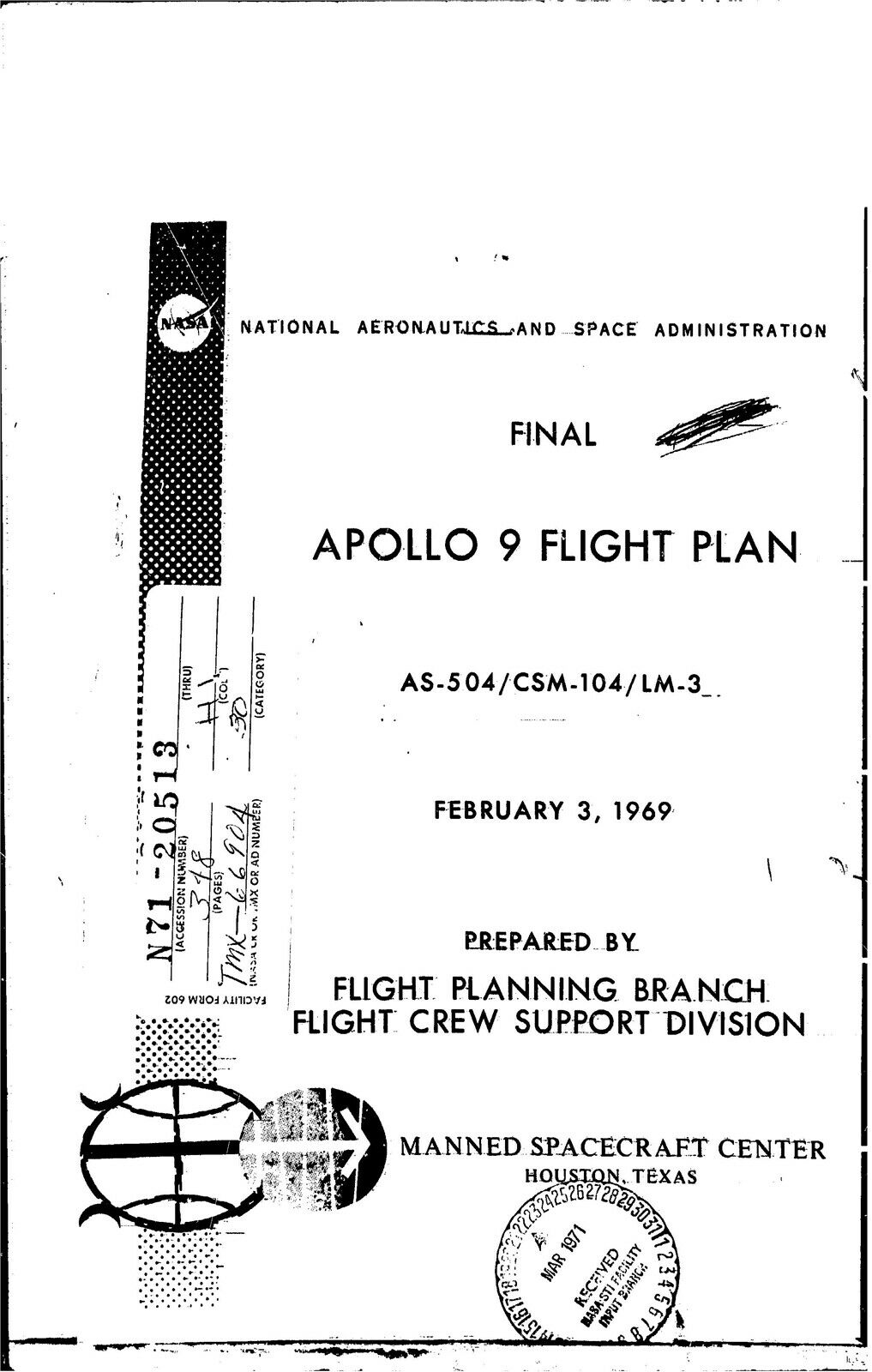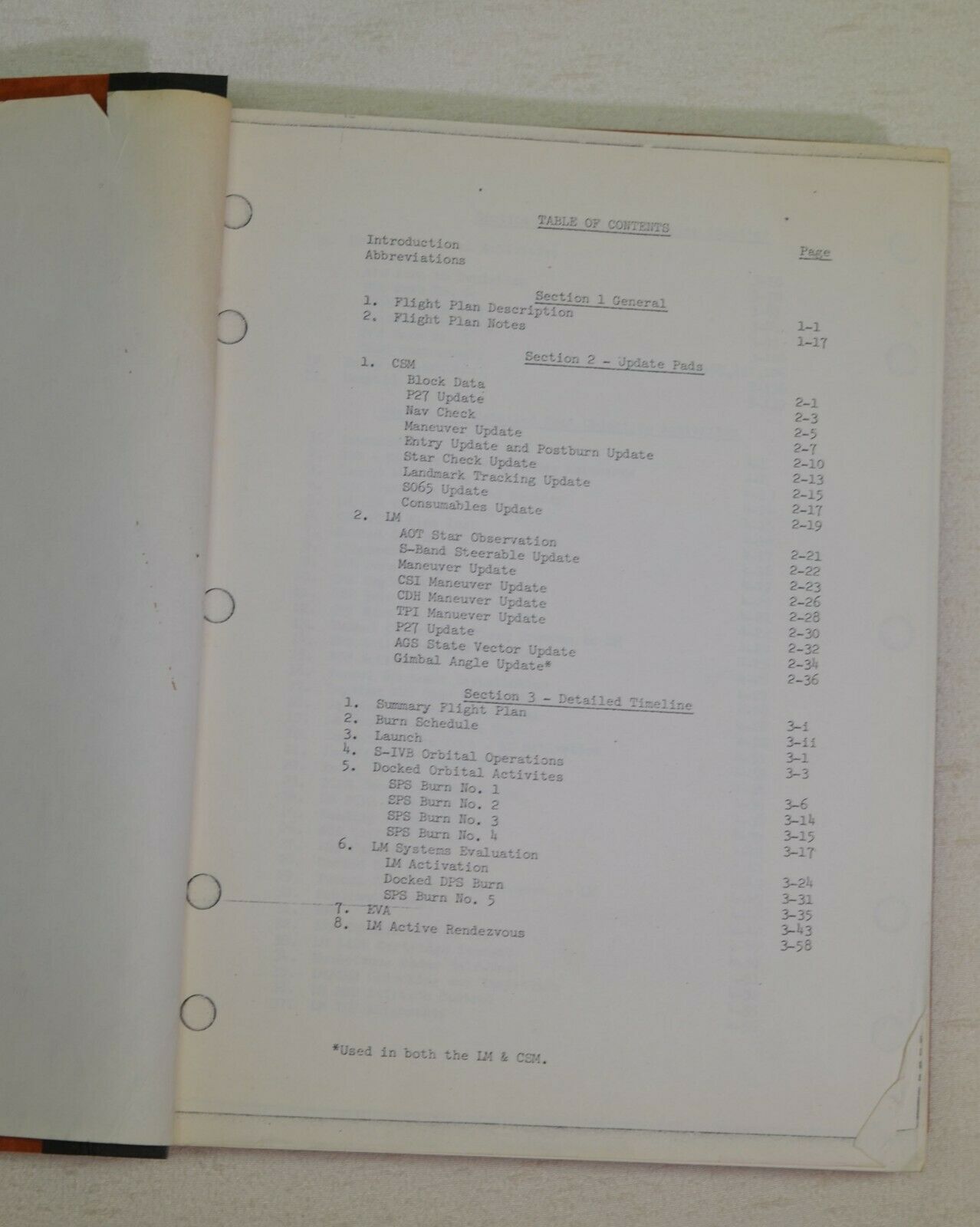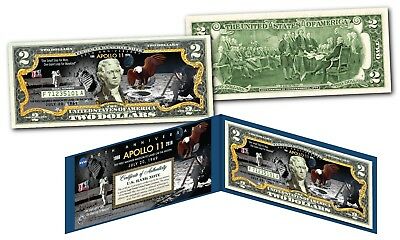-40%
Vintage copy of Apollo 9 Flight Plan Final - Feb1969
$ 118.8
- Description
- Size Guide
Description
NASA Apollo 9 - Flight Plan - Final version Vintage-copy (1969)NASA Apollo 9 - Flight Plan - Final version Vintage-copy from February 3, 1969. Head Quarters Engineer's copy with minute-by-minute plan of the Apollo 9 flight plan, used during the flight. Technical information, a historical document, this provides a wealth of information to anyone interested in space travel- Condition is Used, Vintage copy (single sided) collected in 314 page prong binder (vintage brown), sections 4 & 5 are upside down in their orientation to sections 1 & 2, yellowing and staining from storage and use, missing vintage copy of the cover page ( seller provides current day copy of front page taken from
https://www.ibiblio.org/apollo/Documents/Apollo9FlightPlan.pdf
) . Shipped with USPS Priority Medium flat rate box
Table of Contents
Introduction
Abbreviations
Section 1. General
Flight Plan Description
Flight Plan Notes
Section 2. Update Pads
Introduction
Section 3. Detailed Timeline
Section 4. Detailed Test Objective Activities
Section 5. Communications Plan
Section 6. Consumables Analysis
More information: Apollo 9 (March 3–13, 1969) was the third human spaceflight in NASA's Apollo program. Flown in low Earth orbit, it was the second crewed Apollo mission that the United States launched via a Saturn V rocket, and was the first flight of the full Apollo spacecraft: the command and service module (CSM) with the Lunar Module (LM). The mission was flown to qualify the LM for lunar orbit operations in preparation for the first Moon landing by demonstrating its descent and ascent propulsion systems, showing that its crew could fly it independently, then rendezvous and dock with the CSM again, as would be required for the first crewed lunar landing. Other objectives of the flight included firing the LM descent engine to propel the spacecraft stack as a backup mode (as would be required on the Apollo 13 mission), and use of the portable life support system backpack outside the LM cabin.
The three-man crew consisted of Commander James McDivitt, Command Module Pilot David Scott, and Lunar Module Pilot Rusty Schweickart. During the ten-day mission, they tested systems and procedures critical to landing on the Moon, including the LM engines, backpack life support systems, navigation systems and docking maneuvers.
After launching on March 3, 1969, the crew performed the first crewed flight of a lunar module, the first docking and extraction of the same, one two-person spacewalk (EVA), and the second docking of two crewed spacecraft—two months after the Soviets performed a spacewalk crew transfer between Soyuz 4 and Soyuz 5. The mission concluded on March 13 and was a complete success. It proved the LM worthy of crewed spaceflight, setting the stage for the dress rehearsal for the lunar landing, Apollo 10, before the ultimate goal, landing on the Moon.
**** All my vintage space exploration charts/studies/manuals/internal memos/etc are 100% authentic 1960's - straight from my family collection of J.T. Raleigh NASA/ Headquarters engineer. All items have been boxed for many years. JTR worked with NASA Headquarters and Contractor teams at Bellcom, Washington DC; Mission Control, Houston Texas; George C. Marshall Space Flight Center (MSFC), Huntsville AL; Goddard, Greenbelt MD; RCA, Cape Kennedy. He worked on the communications of ALL the Apollo Missions, including on the design of the Lunar Excursion Module (LEM) Communications Panel, the Lunar Communications Relay Unit (LCRU), VHF Ranging Equipment, and the Unified S-band (USB) system which is the tracking and communication system developed for the Apollo program by NASA and the Jet Propulsion Laboratory (JPL).
It is hard to list who and where JTR met people: Werner Von Brown, Gene Kranz, Roger Chaffee, Buzz Aldrin, Chris Craft, etc. As I work through the documents that are from his involvement, many have meeting attendee lists and distribution lists that show astronaut and headquarter (ground crew) personnel. Growing up I did not understand the scope of all trips, projects, meetings, launches, & people that we experienced as a family. Mom and myself met many individuals involved with the Apollo missions, and even were present for the launches of Apollo 8, 10, 11, and 15.




















